Buy this portrait Francisco Goya Painting by Paul Meijering on canvas, ArtFrame, poster and wallpaper, printed on demand in high quality.
About "Francisco Goya Painting"
by Paul Meijering
About the artwork
Realistic acrylic painting of Francisco Goya featuring his painting of a desperate man with too many fingers, painted by the Dutch fine artist Paul Meijering - the Original painting ia 120 x 90 cm.
Francisco José De Goya y Lucientes (Fuendetodos, 30 March 1746 - Bordeaux, 16 April 1828) was a Spanish painter and engraver.
Francisco José de Goya y Lucientes is one of Spain's best-known artists, mainly because of his flamboyant painting style and his idiosyncratic choice of subjects, and has been called 'the last of the old and the first of the modern masters'. He became an important forerunner of modern art. His expressive style is a model for impressionist painters of the 19th century, such as Édouard Manet, and his dreamlike fantasy images greatly appeal to surrealist artists like Salvador Dalī.
During his lifetime, Goya is already loved by Spain's wealthy citizens and nobles, whom he portrays colourfully and stately. Through his teacher Francisco Bayeu, Goya even worked his way up to become the king's court painter in 1786. His royal portraits show the influence of great masters of Spanish 17th-century painting, notably Diego Velázquez. In contrast, Goya's work on his own account is often stark and highly personal. With superstitious people, witches and monsters depicted, Goya criticises the church and his ignorant fellow man, while at the same time depicting his own imagination. With a sometimes intensely dark palette, Goya further emphasises the drama and emotion.
Goya's life, like his work, has light and dark sides. After a severe illness in 1792, Goya became completely deaf and continued to suffer from symptoms of illness for the rest of his life. He also loses all but the youngest of his children. At the end of his life, Goya moves to Bordeaux, France, and despite dark periods in his life, can look back on a brilliant painting career.

About Paul Meijering
For almost 33 years now, Paul Meijering has been active with the paint brushes. As a 17- year old inspired youngster he joined the Academy of Arts in Enschede (Holland) in order to receive a native training in drawing- and painting technique.
At that time (1980) the tendency..
Read more…
 Netherlands
Netherlands Ordered in December 2020
Ordered in December 2020
 Netherlands
Netherlands Ordered in November 2020
Ordered in November 2020
 Germany
Germany Ordered in December 2020
Ordered in December 2020
 Netherlands
Netherlands Ordered in April 2019
Ordered in April 2019
 Netherlands
Netherlands Ordered in January 2021
Ordered in January 2021
 Netherlands
Netherlands Ordered in July 2021
Ordered in July 2021
 Netherlands
Netherlands Ordered in July 2018
Ordered in July 2018
 Netherlands
Netherlands Ordered in October 2019
Ordered in October 2019
 Netherlands
Netherlands Ordered in August 2024
Ordered in August 2024
 Netherlands
Netherlands Ordered in January 2021
Ordered in January 2021
 Germany
Germany Ordered in August 2021
Ordered in August 2021
 Netherlands
Netherlands Ordered in April 2019
Ordered in April 2019
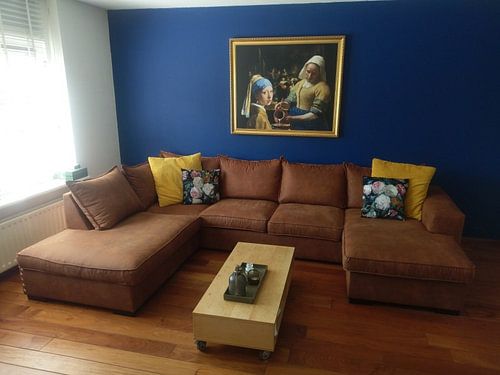
About the material
ArtFrame™
Interchangeable Art Prints
- High-quality print
- Easily interchangeable
- Acoustic function
- Large sizes available
Discover the artworks of Paul Meijering
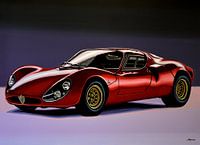 Alfa Romeo 33 Stradale PaintingPaul Meijering
Alfa Romeo 33 Stradale PaintingPaul Meijering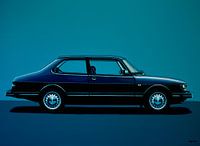 Saab 90 PaintingPaul Meijering
Saab 90 PaintingPaul Meijering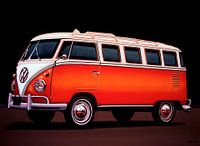 Volkswagen Transporter T1 Samba PaintingPaul Meijering
Volkswagen Transporter T1 Samba PaintingPaul Meijering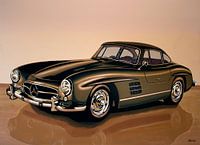 Mercedes Benz 300 SL PaintingPaul Meijering
Mercedes Benz 300 SL PaintingPaul Meijering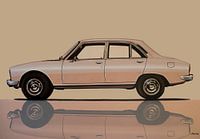 Peugeot 504 1968 PaintingPaul Meijering
Peugeot 504 1968 PaintingPaul Meijering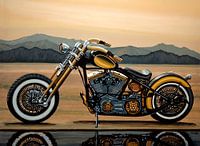 Harley Davidson PaintingPaul Meijering
Harley Davidson PaintingPaul Meijering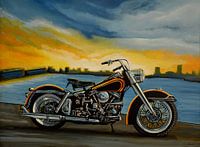 Harley Davidson Duo Glide PaintingPaul Meijering
Harley Davidson Duo Glide PaintingPaul Meijering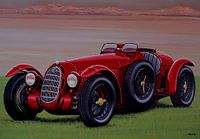 Alfa Romeo 8C 2900A Botticella Spider 1936 PaintingPaul Meijering
Alfa Romeo 8C 2900A Botticella Spider 1936 PaintingPaul Meijering Audi R8 2007 PaintingPaul Meijering
Audi R8 2007 PaintingPaul Meijering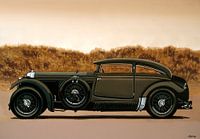 Bentley Blue Train 1930 PaintingPaul Meijering
Bentley Blue Train 1930 PaintingPaul Meijering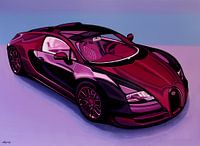 Bugatti Veyron 2005 PaintingPaul Meijering
Bugatti Veyron 2005 PaintingPaul Meijering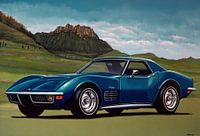 Chevrolet Corvette Stingray 1971 PaintingPaul Meijering
Chevrolet Corvette Stingray 1971 PaintingPaul Meijering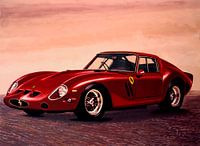 Ferrari 250 GTO 1962 PaintingPaul Meijering
Ferrari 250 GTO 1962 PaintingPaul Meijering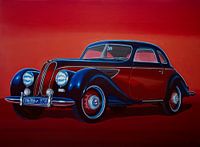 EMW BMW 1951 PaintingPaul Meijering
EMW BMW 1951 PaintingPaul Meijering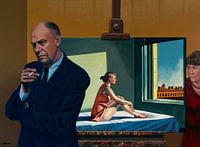 Edward Hopper PaintingPaul Meijering
Edward Hopper PaintingPaul Meijering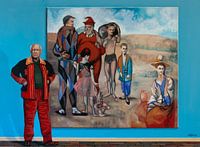 Pablo Picasso PaintingPaul Meijering
Pablo Picasso PaintingPaul Meijering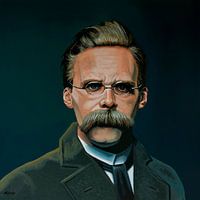 Friedrich Nietzsche PaintingPaul Meijering
Friedrich Nietzsche PaintingPaul Meijering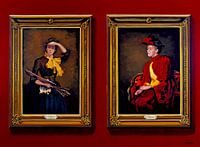 Therese Schwartze Portrait PaintingPaul Meijering
Therese Schwartze Portrait PaintingPaul Meijering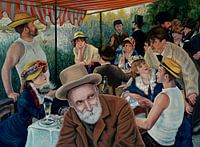 Auguste Renoir PaintingPaul Meijering
Auguste Renoir PaintingPaul Meijering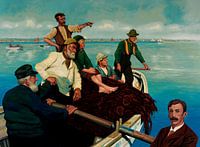 Stanhope Forbes Fishermen PaintingPaul Meijering
Stanhope Forbes Fishermen PaintingPaul Meijering

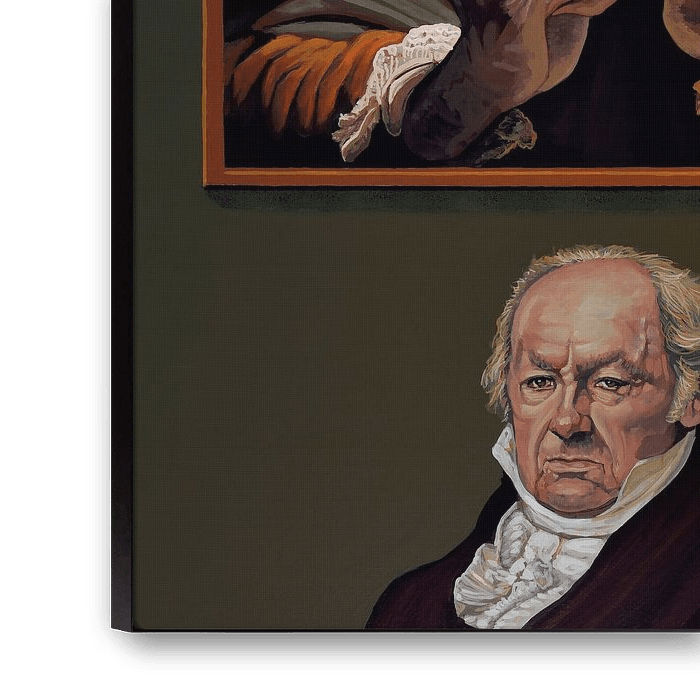
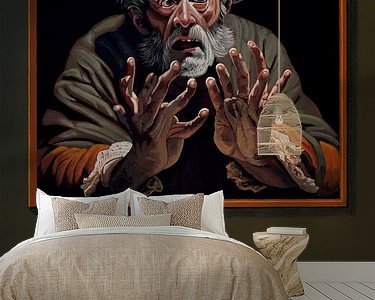
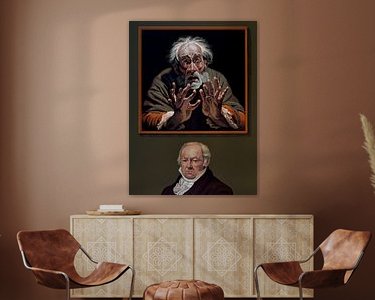

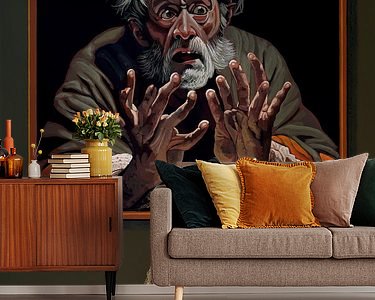
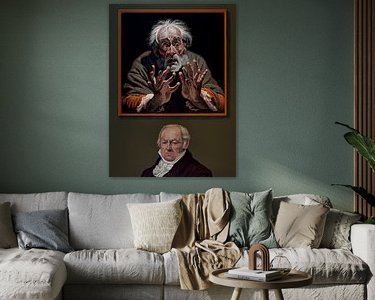
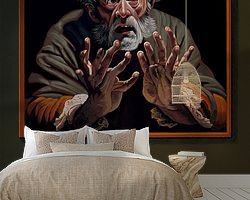
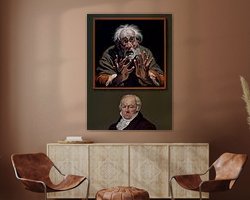
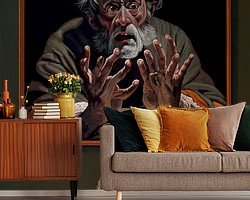
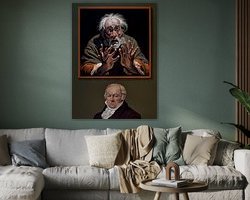
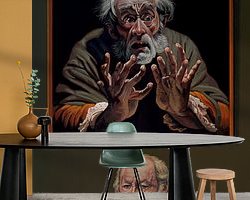
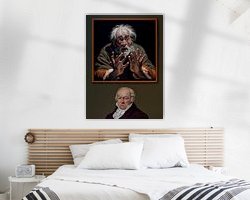
 Francisco Goya
Francisco Goya Impressionism
Impressionism Mysterious Spheres
Mysterious Spheres Neoclassicism
Neoclassicism Portrait
Portrait Powerful Expression
Powerful Expression Romanticism
Romanticism Spain
Spain









